Six charts tell the story of financialization and the diminishing returns of credit.
Today I present a story in six charts. Entire books could be written about the complex interactions of money, oil and credit, but let's try to keep the story as simple as possible.
Here is the monetary base of the U.S. Notice the big ramp-up as the Federal Reserve responded to the global financial crisis with a flood of liquidity/expansion of base money supply.
Here is base money and the price of oil in U.S. dollars. Not a perfect correlation, as there are many inputs to the price of oil (geopolitics, currency fluctuations, etc.) but the correlation is still significant: when base money goes up, so does the price of oil.
Meanwhile, oil exports have topped out. Oil exporters are using more of their oil domestically, leaving less to export. This raises the specter of an imbalance of demand-supply, i.e. insufficient supply to meet demand. In that case, prices rise.
Bank credit has skyrocketed. Plenty of credit sloshing around the system. This curve looks exponential, i.e. unsustainable.
But ample credit doesn't necessarily lead to growth (as measured by gross domestic product). Here we see the diminishing returns of credit: credit soared from 1990 to 2008, while GDP growth drifted lower.
Bank assets have risen exponentially along with credit.
Bank assets have risen along with credit: this reflects the financialization of the U.S. economy. But a funny thing happens when oil supply tops out and base money expansion drives oil higher when priced in U.S. dollars: when the cost of oil rises, the economy stalls out.
Expanding base money pushes the price of oil up to stall speed, while expanding credit has a diminishing effect on the real economy. It does however handsomely boost bank assets.
My apologies for the lack of email response. I have been traveling for the past five days.
 Resistance, Revolution, Liberation: A Model for Positive Change (print $25)
Resistance, Revolution, Liberation: A Model for Positive Change (print $25)
(Kindle eBook $9.95)
We are like passengers on the Titanic ten minutes after its fatal encounter with the iceberg: though our financial system seems unsinkable, its reliance on debt and financialization has already doomed it.We cannot know when the Central State and financial system will destabilize, we only know they will destabilize. We cannot know which of the State’s fast-rising debts and obligations will be renounced; we only know they will be renounced in one fashion or another.
The process of the unsustainable collapsing and a new, more sustainable model emerging is called revolution.Rather than being powerless, we hold the fundamental building blocks of power. We need neither permission nor political change to liberate ourselves. A powerless individual becomes powerful when he renounces the lies and complicity that enable the doomed Status Quo’s dominance.
| Thank you, Helen S.C. ($5), for yet another most generous contribution to this site--I am greatly honored by your steadfast support and readership. |
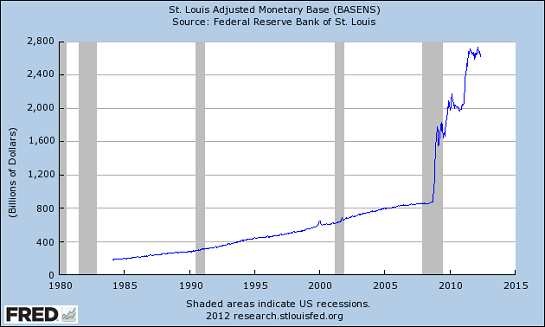
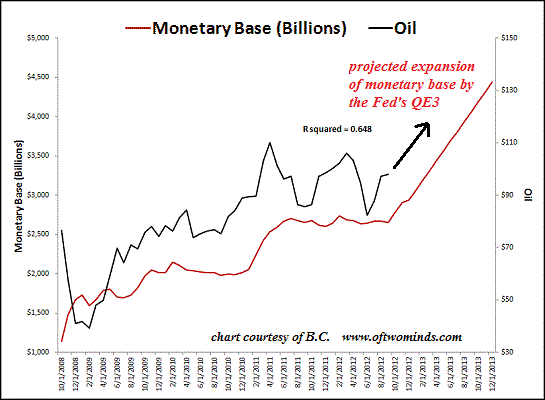
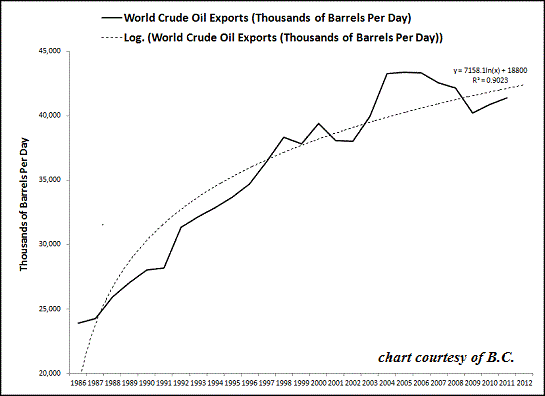
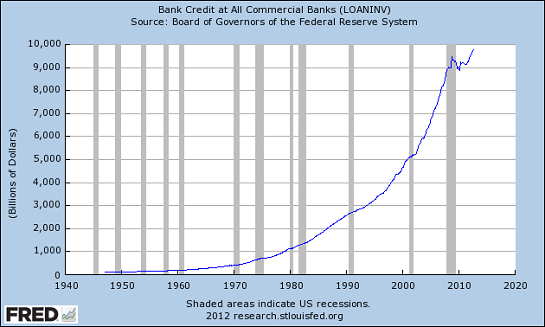
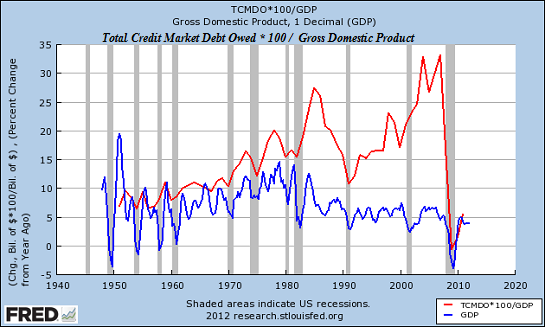
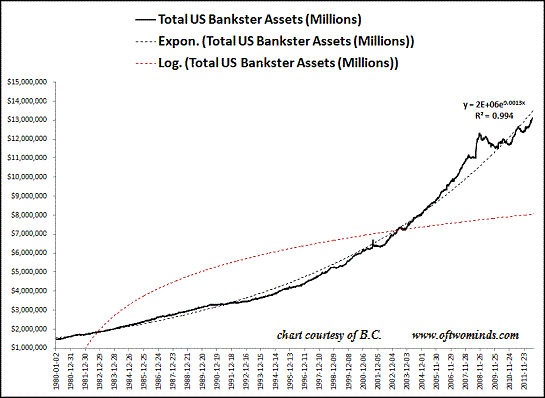
 Resistance, Revolution, Liberation: A Model for Positive Change (print $25)
Resistance, Revolution, Liberation: A Model for Positive Change (print $25)


























